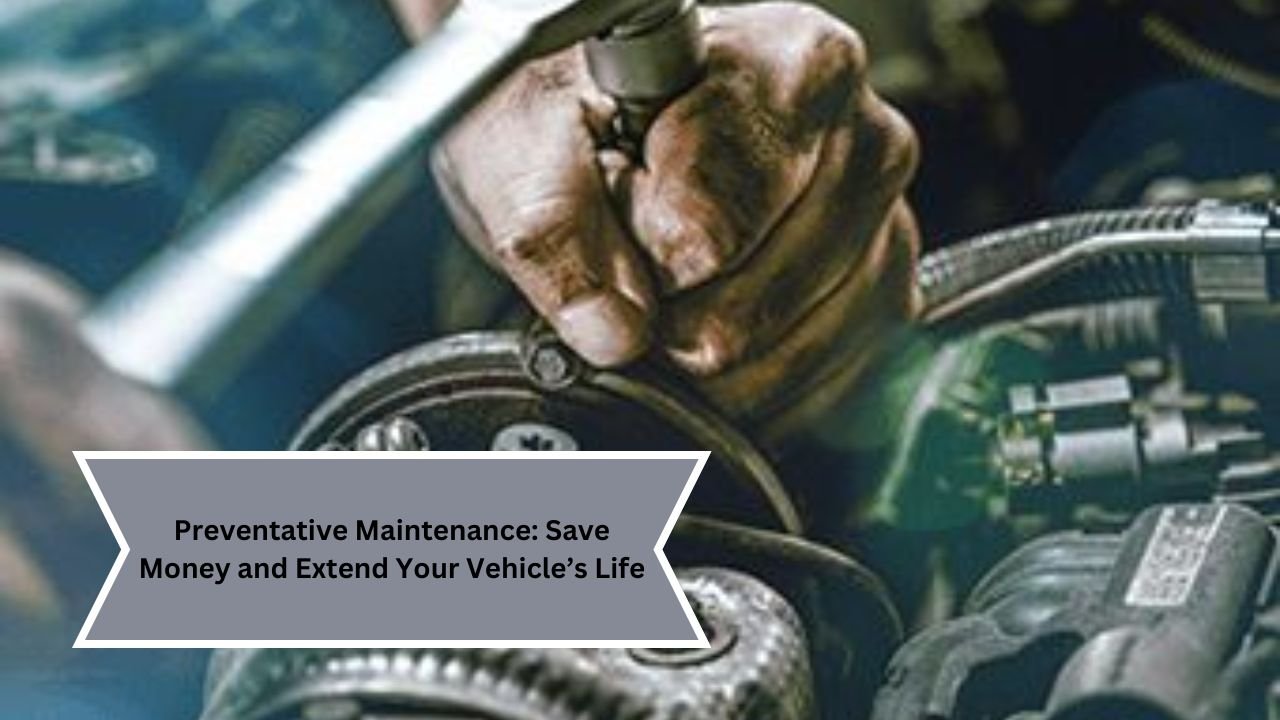Maintaining a vehicle can often feel like a daunting task, but the importance of preventative maintenance cannot be overstated. Regular maintenance not only ensures that your vehicle runs smoothly but also saves you money in the long run and extends the life of your car. In this article, we will explore the significance of preventative maintenance, outline essential practices, and highlight the benefits of a proactive approach to vehicle care.
Understanding Preventative Maintenance
Preventative maintenance refers to regular, planned maintenance tasks performed on a vehicle to prevent unexpected breakdowns and costly repairs. This approach focuses on identifying and addressing potential issues before they become serious problems. While many vehicle owners tend to wait until something goes wrong before taking action, adopting a preventative maintenance strategy can significantly enhance the reliability and longevity of your vehicle.
The Importance of Regular Maintenance
- Cost Savings: Regular maintenance can save you significant money over time. Simple tasks like oil changes, tire rotations, and fluid checks can prevent larger, more expensive repairs down the line. A small investment in maintenance can lead to substantial savings by avoiding the costs associated with major repairs.
- Enhanced Performance: A well-maintained vehicle performs better. Regular maintenance ensures that the engine runs smoothly, fuel efficiency is optimized, and the vehicle responds well during driving. This not only enhances your driving experience but also contributes to safety on the road.
- Safety: Regular inspections can identify potential safety issues, such as worn brakes or malfunctioning lights, before they lead to accidents. Ensuring that your vehicle is in good working order is crucial for your safety and the safety of others on the road.
- Resale Value: A vehicle that has been regularly maintained holds its value better than one that has been neglected. Prospective buyers are more likely to invest in a car with a documented maintenance history, leading to a higher resale price.
Key Components of Preventative Maintenance
To effectively implement a preventative maintenance program, it’s essential to understand the critical components involved. Here are some key areas to focus on:
1. Regular Oil Changes
Oil is the lifeblood of your engine. It lubricates moving parts, reduces friction, and helps dissipate heat. Over time, oil breaks down and becomes less effective, which can lead to engine wear. Regular oil changes, typically every 3,000 to 7,500 miles depending on your vehicle and oil type, can significantly extend your engine’s life.
2. Tire Care
Tires are your vehicle’s only contact with the road, making their maintenance crucial. Regularly check tire pressure, tread depth, and alignment. Rotate your tires every 5,000 to 7,500 miles to ensure even wear. Properly maintained tires improve fuel efficiency and provide better traction, enhancing overall safety.
3. Brake Maintenance
Brakes are one of the most critical safety features of your vehicle. Regularly inspect brake pads, rotors, and fluid levels. If you notice any unusual noises or decreased responsiveness, have them checked immediately. Replacing brake components as needed will not only enhance safety but also save you money by preventing more extensive damage.
4. Fluid Checks
Your vehicle relies on various fluids for optimal performance, including coolant, transmission fluid, brake fluid, and power steering fluid. Regularly check these levels and top them up as necessary. Flushing and replacing fluids at recommended intervals can prevent corrosion and ensure that systems operate efficiently.
5. Battery Care
The battery is vital for starting your vehicle and powering electrical components. Check battery terminals for corrosion and ensure that the battery is securely mounted. Most batteries last about three to five years; be proactive and replace them before they fail, especially before extreme weather seasons.
6. Air Filter Replacement
A clean air filter is essential for proper engine function. It ensures that the engine receives adequate airflow and minimizes contaminants that can lead to engine wear. Replace the air filter according to the manufacturer’s recommendations, typically every 15,000 to 30,000 miles.
7. Wiper Blade Replacement
Visibility is critical for safe driving, and wiper blades play a vital role in maintaining clear visibility during adverse weather conditions. Replace wiper blades every six months to a year, or sooner if they show signs of wear, such as streaking or skipping.
8. Regular Inspections
Conducting regular inspections is crucial for identifying potential issues before they escalate. Consider scheduling a professional inspection annually or semi-annually. A qualified mechanic can provide a thorough evaluation and address any underlying problems.
Developing a Maintenance Schedule
Creating a maintenance schedule tailored to your vehicle’s specific needs is a vital aspect of preventative maintenance. Here’s how to develop one:
1. Refer to the Owner’s Manual
Your vehicle’s owner’s manual contains important information about recommended maintenance intervals and procedures. Follow the manufacturer’s guidelines to ensure that you’re meeting their specifications.
2. Keep Records
Maintaining a detailed log of all services performed on your vehicle helps you stay organized. Record dates, mileage, and specific services completed. This documentation is invaluable for both personal reference and future resale.
3. Set Reminders
Use digital calendars or apps to set reminders for upcoming maintenance tasks. Whether it’s oil changes or tire rotations, having reminders helps you stay on top of your vehicle’s needs.
The Long-Term Benefits of Preventative Maintenance
Investing time and resources into preventative maintenance offers numerous long-term benefits:
1. Extended Vehicle Life
By addressing potential issues early, you can significantly extend the lifespan of your vehicle. Regular maintenance minimizes wear and tear, ensuring that your car remains reliable for years to come.
2. Improved Fuel Efficiency
A well-maintained vehicle operates more efficiently, translating to better fuel economy. Regular oil changes, tire rotations, and air filter replacements can lead to substantial savings at the pump.
3. Enhanced Driving Experience
A car that receives regular maintenance provides a smoother, more enjoyable driving experience. From responsive handling to quiet operation, your driving experience will be significantly enhanced.
4. Peace of Mind
Knowing that your vehicle is in good condition provides peace of mind. You can drive confidently, knowing that you have taken proactive steps to ensure your vehicle’s safety and reliability.
Conclusion
Preventative maintenance is an essential aspect of vehicle ownership that cannot be overlooked. By prioritizing regular maintenance tasks, you can save money, extend the life of your vehicle, and enhance your overall driving experience. The small effort you invest in preventative maintenance today can lead to significant benefits in the future, ensuring that your vehicle remains a dependable companion on the road for many years to come. Embrace the practice of preventative maintenance and reap the rewards of a well-cared-for vehicle.

